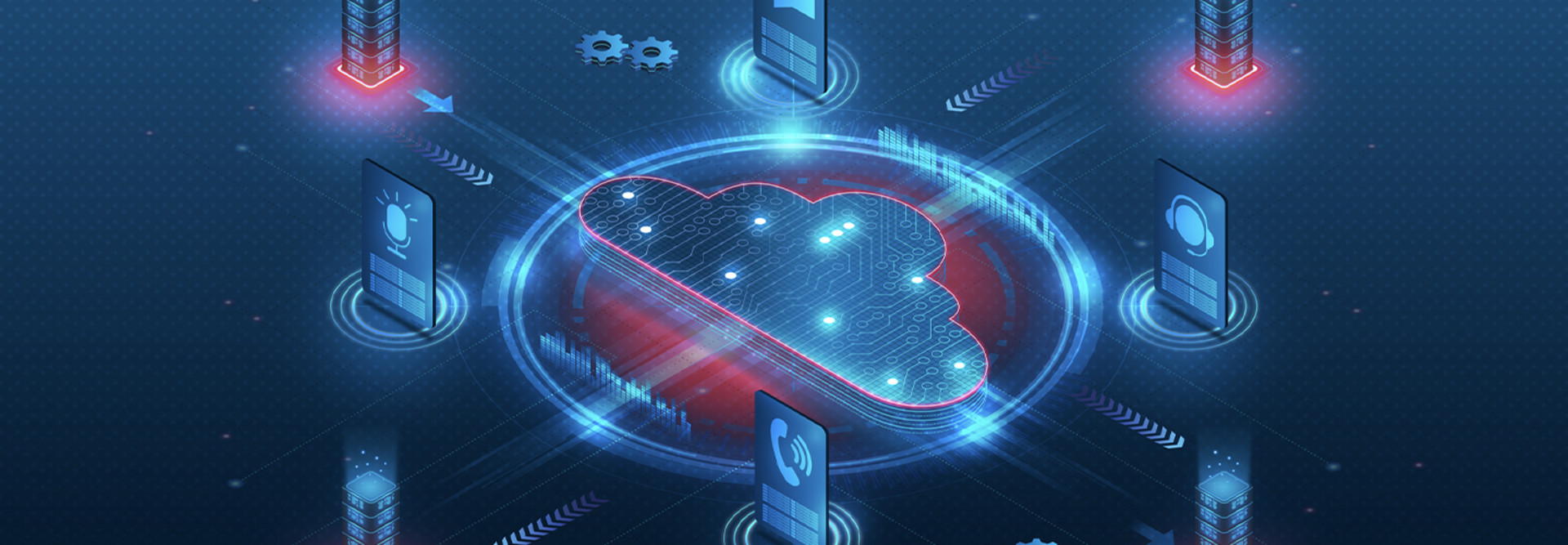How Can State and Local Governments Use CCaaS?
CCaaS is a cloud-based customer experience solution that can handle customer interactions such as calls, email and chat, routing those inquiries to agents based on available resources. For the public sector, “CCaaS enables secure, two-way communication channels for state and local government agencies to interact directly with their constituents,” says Javed Khan, senior vice president and general manager of Cisco Collaboration.
State and local agencies are constantly looking to improve the citizen experience, and CCaaS “offers unparalleled opportunities for transforming public service delivery while simplifying the administration and operation of critical infrastructure,” adds Jenifer Bond, vice president of U.S. state, local and education government sales at Avaya.
CCaaS services manage and track customer journeys, employee interactions with citizens and other inbound or outbound communications. These are tracked across voice and digital channels, such as email, web chat and text messaging. The advantage here is that communities naturally want to interact with state and local governments through their preferred channels. CCaaS solutions offer omnichannel engagement, making a citizen’s interaction with its government more flexible and streamlined. The result is deeper constituent trust, Khan says.
Implementing a CCaaS solution means organizations can do away with on-premises call centers in favor of more flexible call centers operating entirely in the cloud.
EXPLORE: A scheduled callback solution reduces waiting in phone queues.
How Can State and Local Governments Use UCaaS?
UCaaS is another cloud-based solution that brings together calling, meetings, video, messaging and other communication technologies into a single platform. UCaaS solutions aim to improve communication and collaboration both internally and with external partners.
“State and local government agencies look to UCaaS to enable remote and hybrid work with the added capability of streamlining employee communications and boosting productivity,” Khan says.
“State and local governments can use UCaaS to expand their communication options, moving beyond simple voice into chat and messaging as well as video meetings,” Bond says. “An employee can have one number for voice, texting and fax, and that number carries across all of that employee’s devices, available wherever he or she is, simplifying the process of collaboration by eliminating technology burdens.”
CCaaS Vs. UCaaS: How Do They Differ?
Generally, CCaaS solutions aim to help public-facing teams engage with their communities and, for the public sector, enhance the overall citizen experience. By contrast, UCaaS solutions are more focused on bolstering internal collaboration via features such as videoconferencing, cloud calling and messaging.












